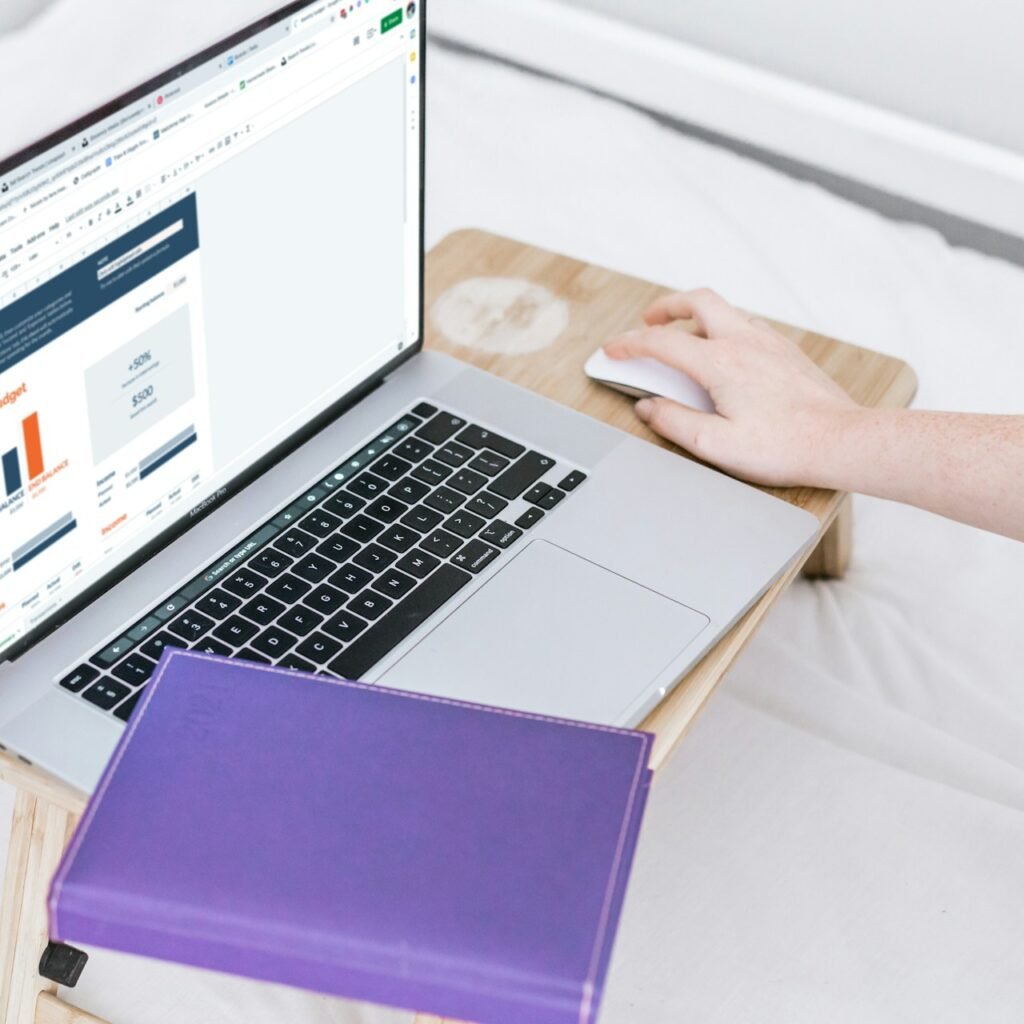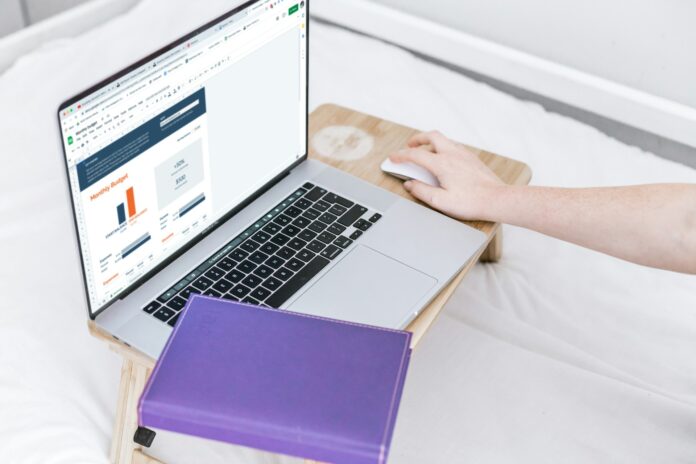
In an era where cyber threats loom at every corner of the digital space, the security of Linux/UNIX systems is more critical than ever. System administrators play a pivotal role in safeguarding these systems, ensuring that the data and processes they manage are protected from unauthorized access, breaches, and other cyber threats. But what are the best practices for system administrators to enhance the security of their Linux/UNIX systems? How can they not only prevent potential threats but also ensure that their systems are robust and resilient against the evolving landscape of cyberattacks?
Understanding the Importance of System Security
The foundation of effective system security lies in understanding its importance. Linux and UNIX systems are widely used in server environments, powering websites, applications, and critical infrastructure. These systems hold sensitive data and are often the target of cyberattacks. By recognizing the significance of securing these systems, administrators can prioritize security measures and allocate the necessary resources to protect their infrastructure. In the context of website and application development, considering a Drupal headless cms approach can significantly enhance security. This architecture separates the backend from the frontend, reducing the attack surface and making it more difficult for attackers to exploit vulnerabilities.
Regular Updates and Patch Management
One of the simplest yet most effective strategies for securing Linux/UNIX systems is regular updates and patch management. Software vulnerabilities are a major entry point for cyberattacks, and vendors frequently release updates to patch these vulnerabilities. System administrators should establish a routine for checking and applying these updates, ensuring that their systems are protected against known threats. Automating the update process, where possible, can help maintain system security without manual intervention, allowing administrators to focus on other critical security tasks.
User Access Control and Privilege Management
Managing user access and privileges is critical in a secure Linux/UNIX environment. Administrators should follow the principle of least privilege, ensuring that users have only the access necessary to perform their roles. Creating separate user accounts for different roles and tasks minimizes the risk of unauthorized access to sensitive areas of the system. Implementing strong password policies and considering the use of multi-factor authentication can further secure user access.
Securing Network Communications
Securing network communications is essential to protect data in transit. System administrators should implement secure protocols such as SSH for remote access, SFTP for file transfers, and HTTPS for web traffic. These protocols encrypt data, making it difficult for attackers to intercept and read the information. Additionally, the use of firewalls and intrusion detection systems can monitor and control inbound and outbound network traffic, providing an additional layer of security.
Regular Security Audits and Monitoring
Conducting regular security audits and monitoring system activity are vital practices for identifying potential vulnerabilities and signs of a breach. System administrators should utilize tools that scan for vulnerabilities and monitor logs for unusual activity. Regular audits can reveal misconfigurations, outdated software, and other security risks that need to be addressed. Monitoring tools can detect and alert administrators to potential security incidents, enabling a quick response to mitigate threats.
Backup and Disaster Recovery
Despite the best security measures, the risk of a security incident cannot be entirely eliminated. Therefore, having a robust backup and disaster recovery plan is essential. System administrators should regularly backup critical data and system configurations, storing them securely off-site. In the event of a security breach or system failure, these backups can be used to restore the system to its previous state, minimizing downtime and data loss.
Conclusion
Protecting Linux/UNIX systems is a multi-dimensional problem that needs to be treated with persistence and initiative. Through recognizing the need for system security, keeping systems up-to-date and patched, managing user access and privileges, protecting network communications encryption techniques are used as necessary to secure all communication across organizational boundaries), auditing again is included which allows firms using a Linux/UNIX environment to significantly improve their overall level of protection. Implementing these best practices not only safeguards sensitive data and infrastructure but also assists in fulfilling the overall objectives of an organization, which is that its systems are dependable and trustworthy. With technological advancements, only the strategies for securing it continue to evolve and so do administrators need continuous learning and adaptation.





